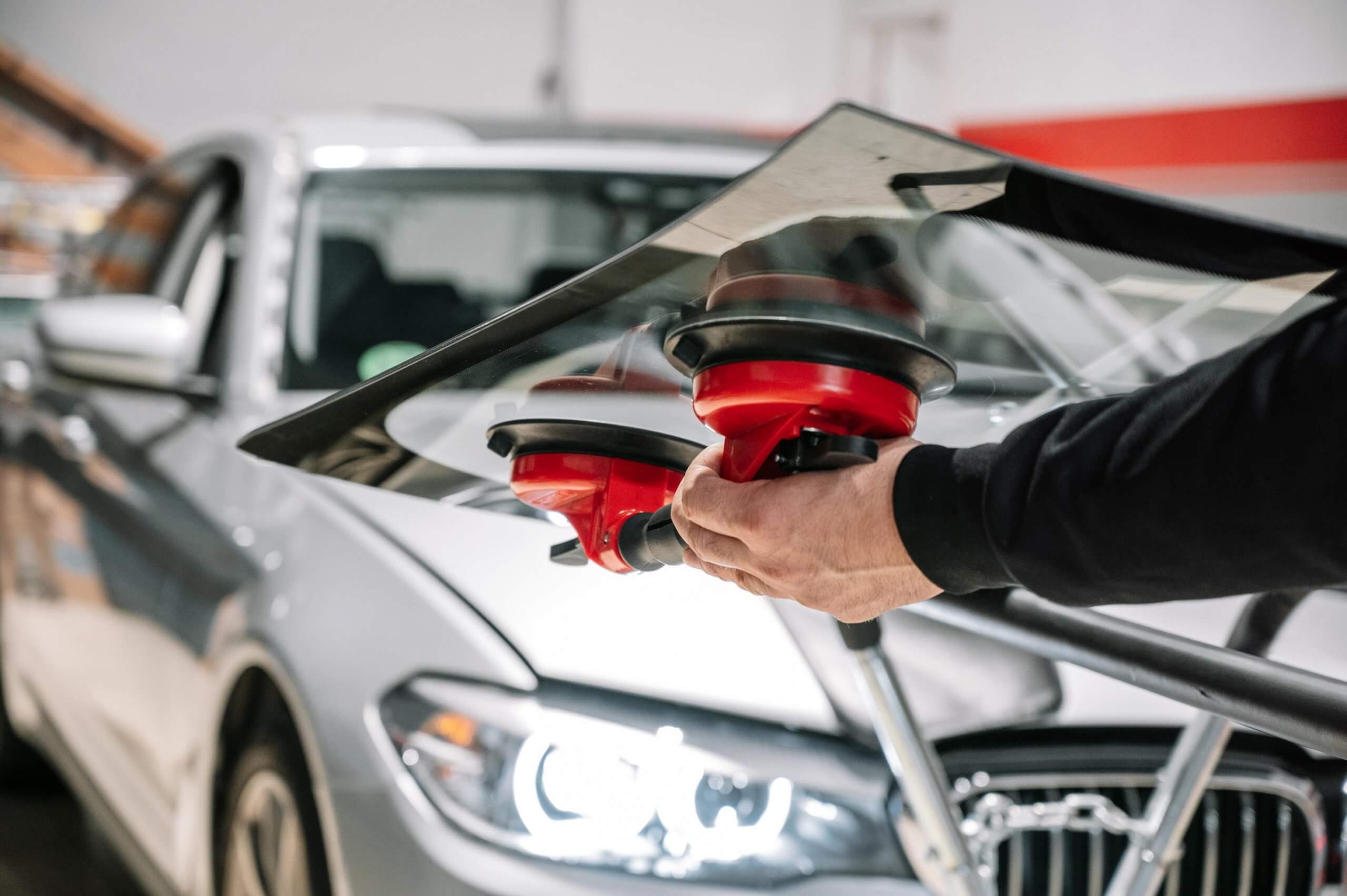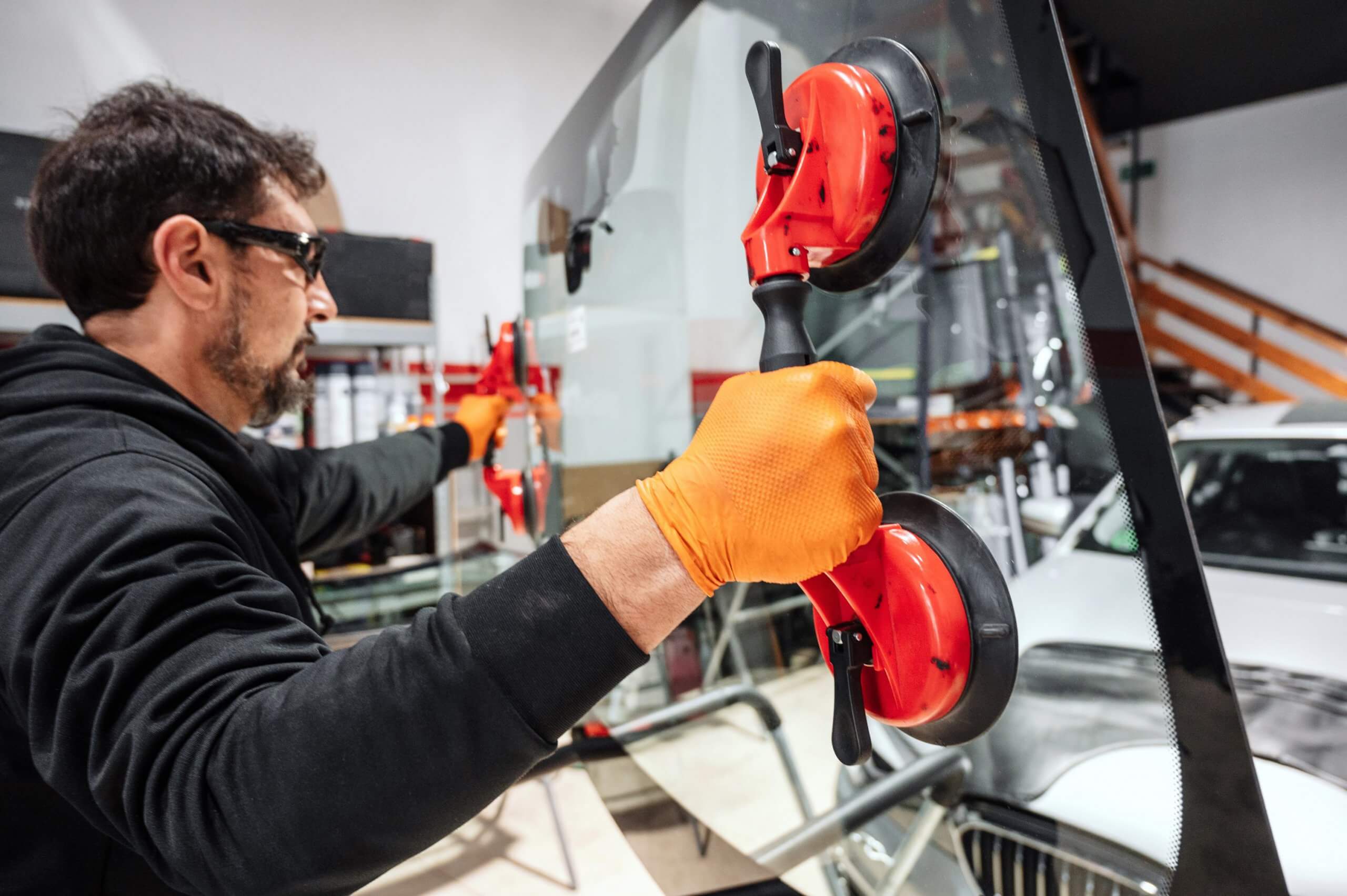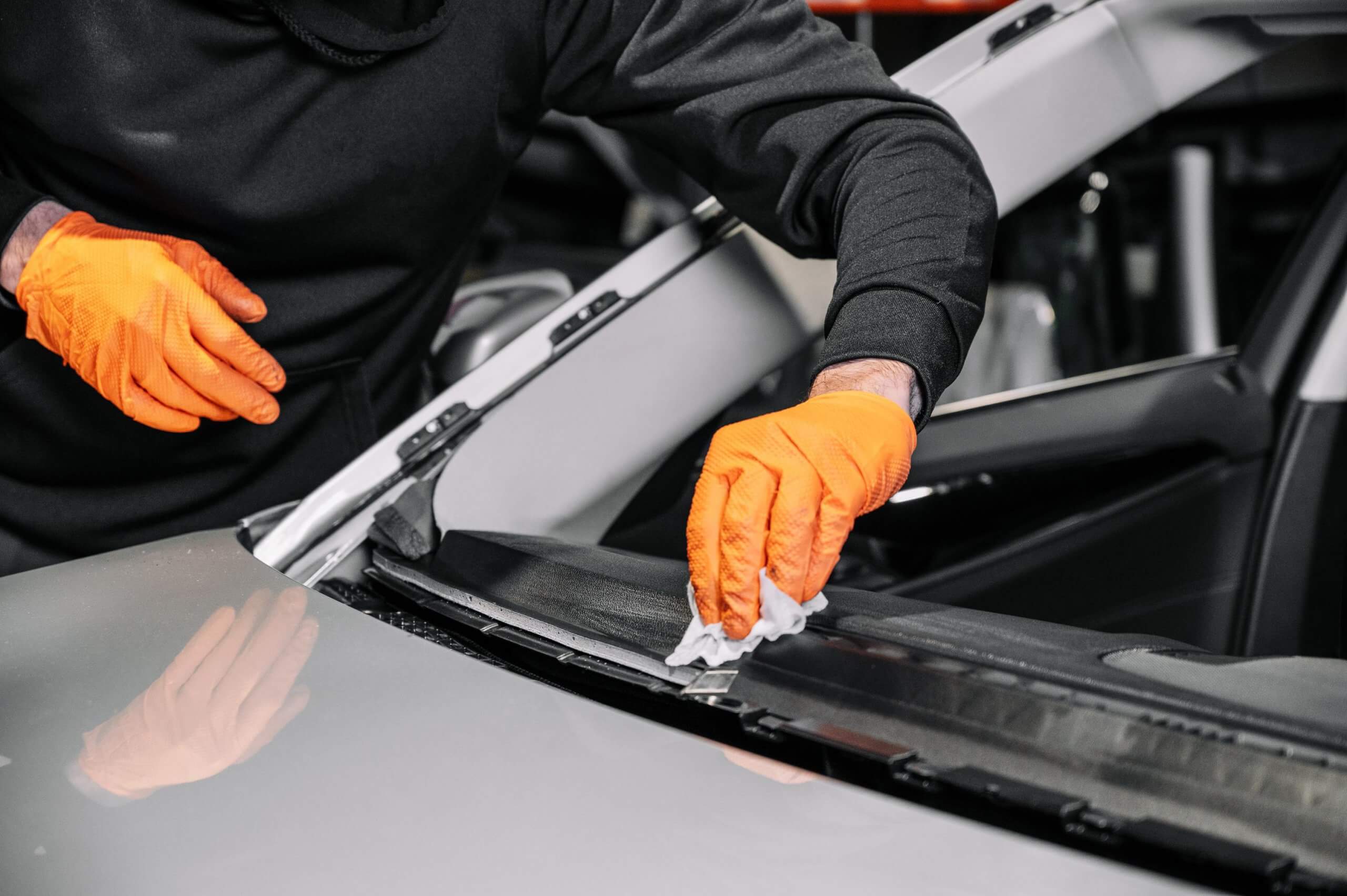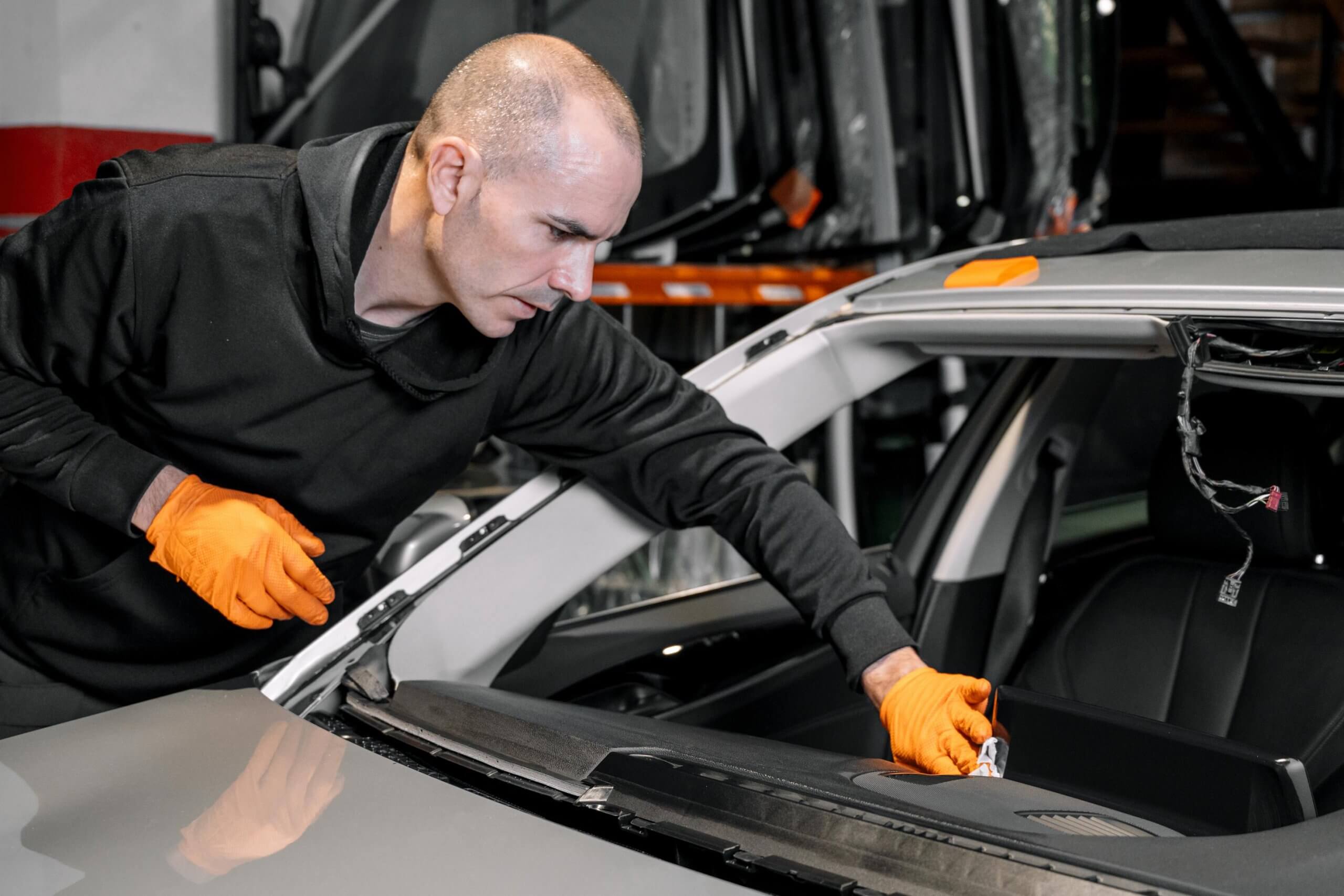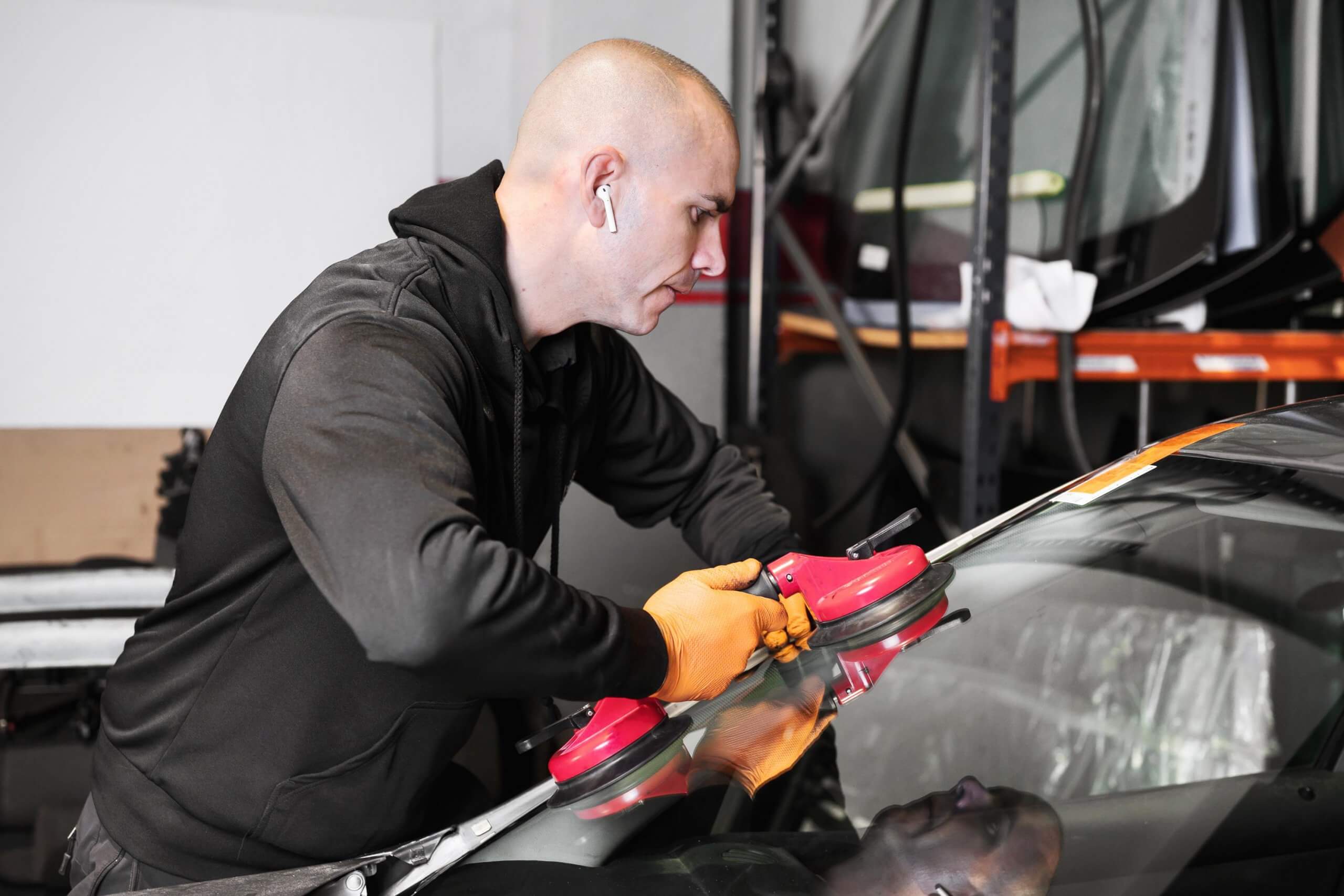How To Avoid Hitting Animals While Driving

Nobody wants to hit an animal with their car. It’s an unpleasant experience for all involved so everybody wants to know how to avoid hitting animals while driving. Even when it’s a small creature that won’t damage your vehicle, you feel bad for hitting it. It’s certainly a tragedy when you end up running over somebody’s beloved pet, or your own. A little extra caution can go a long way when it comes to how to avoid hitting animals.
Animal Collision Are a Serious Danger
In North America, the most significant animal collisions are those involving deer and moose. These are the largest wildlife most areas have in any abundance. These collisions aren’t just a source of unwanted repairs. They can be fatal. The shock from hitting a deer can send a driver careening off the road or into oncoming traffic. At up to 1,500 pounds, hitting a moose is as bad or worse than hitting another car.
Try to Avoid Driving During Peak Hours
The most common time for these collisions is at dusk and dawn. This is the time when deer are most likely to be active and crossing roads. There is also lower visibility and a greater chance that you’re going to be driving while drowsy. While everyone can’t set their schedule, try to avoid driving at dusk or dawn. At the very least, be extra cautious during these times. Avoiding a collision can help you avoid an expensive car windshield replacement or truck windshield replacement.
How to Avoid Hitting Animals? – Take it Slow
Speeding is a contributing factor in many collisions, with animals or with other drivers. Slowing down is one of the easiest ways how to avoid hitting animals. It lets you be more aware of what’s on the road ahead and gives you more time to brake. This means your stopping distance will be shorter, giving you better chances of avoiding an animal on the road. Take it extra slow in big vehicles, or you could end up needing an RV windshield replacement or commercial windshield replacement.
Be Aware of Your Surroundings
Always watching the road ahead will let you see animals sooner, giving you more time to stop. Use your high-beams at night to have the widest visibility possible. When you do see an animal on or near the road ahead, slow down immediately. Even if you think you won’t hit them or that they’re going to move it’s always better to be cautious. Animals are unpredictable and can change direction very quickly.

